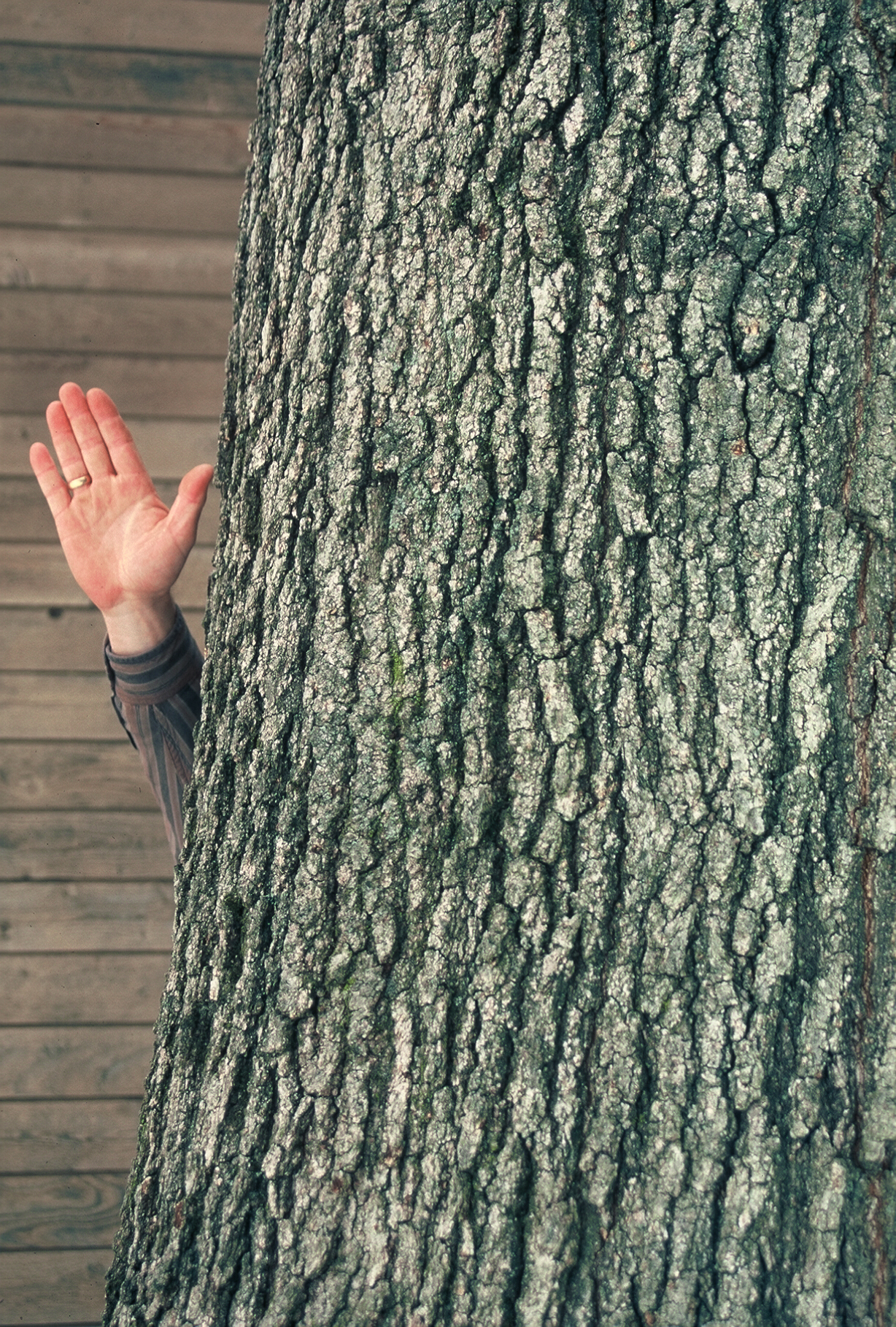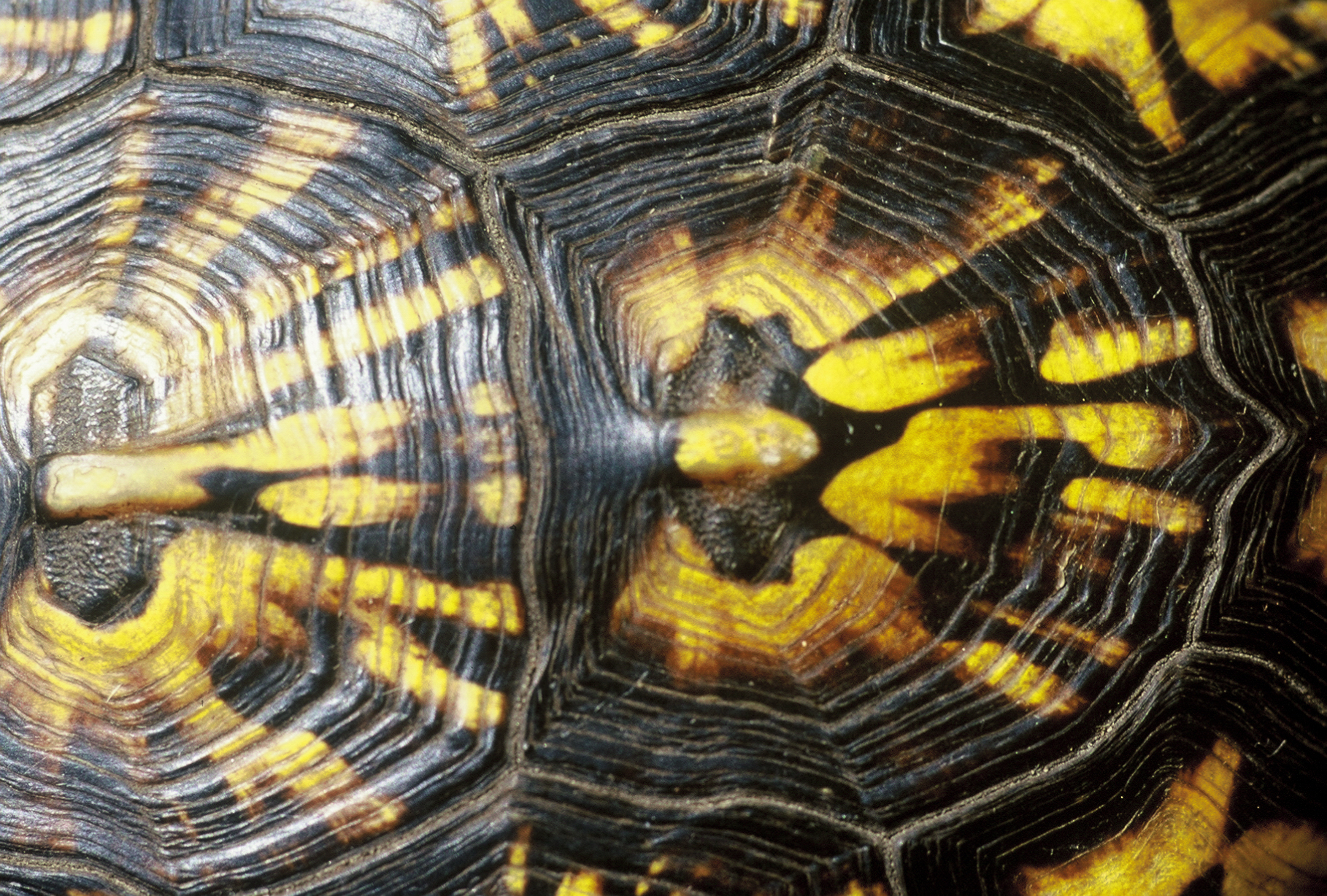


SOLD OUT Natural dwarf form of American hazelnut found within populations at our farm from Iowa and Michigan. The discovery that there were seedlings that naturally runner at a early age was what created this unique seed strain. Flowering at a young age this American hazel is the most dwarf of all nut trees and makes it an ideal candidate for ornamental use as well as an edible plant in a more typical suburban landscape. The compact form as well as the ability to runner in great density creates a dense growth of canes as well of solid canopy of leaves. After 20 years of growth, our plants have topped out at 3 - 4 ft. of height. The width is double that.
Nut production is dense producing all along the branches. Because of the size the branches on some of the taller plants weigh to the ground in a super crop year. The nuts themselves are often thin shelled but small. Usually only a small amount of pressure is needed to hand crack them however some nuts have thicker shells.
This would be a good species strain to develop higher producing hazelnuts in very cold zones as snow can insulate the catkins. It also is early ripening too. The plants make a perfect landscape edition with not the issues of tall lanky growth often found with the American hazelnut plants that are currently grown.
To germinate the seeds: add a lightly moist Canadian peat moss and store for 3 days prior to refrigerating at 38 F to 41 F for 90=120 days. Do not soak the seeds, they are already full hydrated. I run the seeds and then air dry just a bit to prevent mold. Never store in overly wet soil as rotting can occur with hazelnuts. Some of these may take two years to 'pop' . Do not throw out the seeds. Floating is not indictive of viability as some hazels have air spaces within them that naturally make them float. They are not blanks in other words.
400 seeds per packet
| Plant Specs |
| Genus & Species |
Corylus americana |
| Seed Source |
Michigan |
| Hardiness |
-30 F or more |
| Height (ft) |
3-5 ft. |
| Width (ft) |
3-8 |
| Soil |
Slightly acidic. Tolerant of moist and dry conditions. Heavy soils with clay ok as long as not too alkaline. |
| Climate |
Zone 3 to 8 Not for dry desert conditions |
| Ease of Cultivation |
Slightly shade tolerant. Has done well in light shade caused by hickories. Easy to fruit. Almost any type of soil including sand. Could easily be used for cultivar development for dwarf shrubs and heavy producing lateral bearing hazels. |

